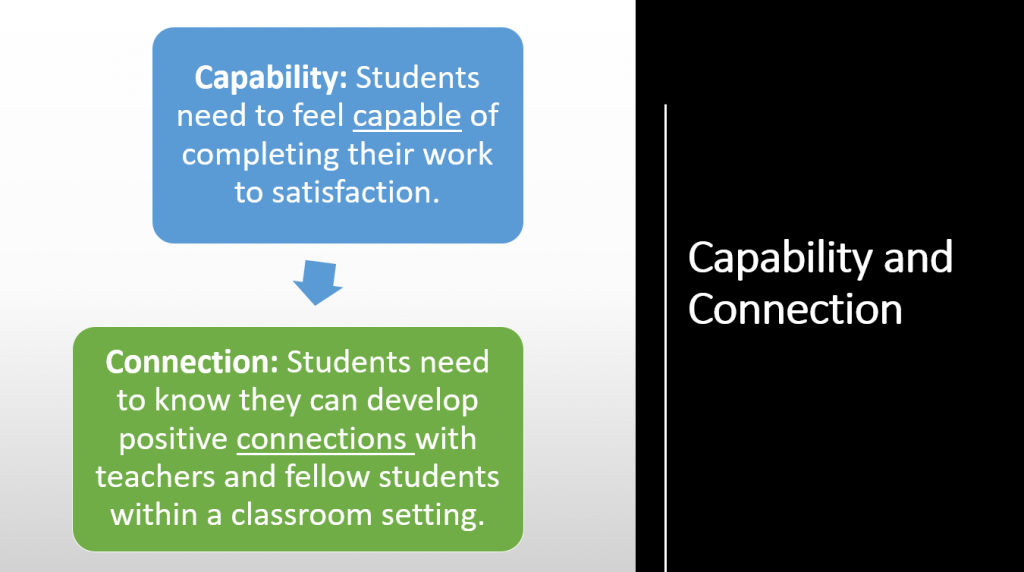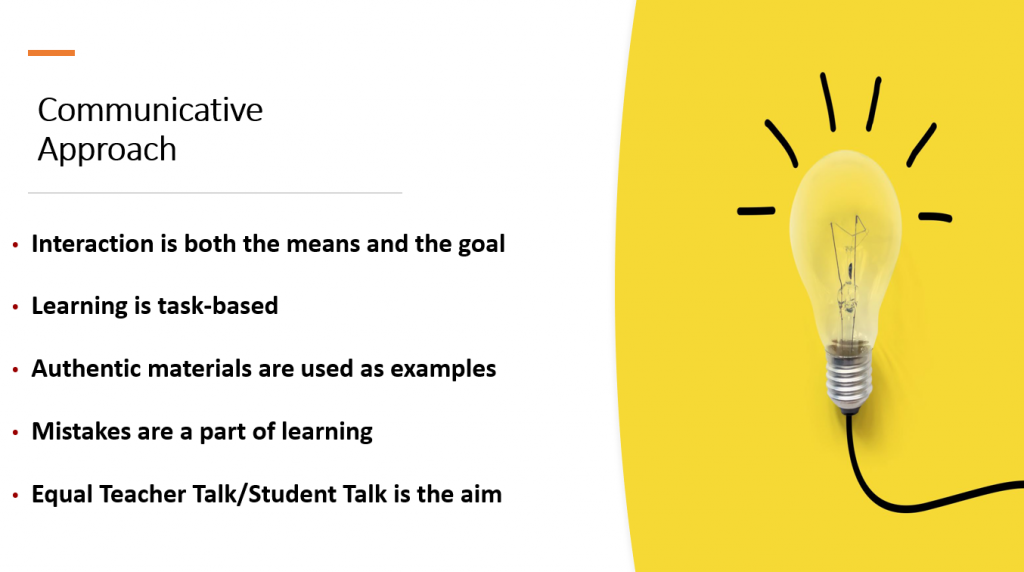Week 6:“Classroom Management"
Week 6's lesson was about “Classroom Management” and the complex role it plays in creating a positive, constructive environment for not only the students to learn in, but similarly, teachers to conduct class in. When we speak of Classroom Management, we are talking about both tangible (example: seating arrangements) and intangible (example: realistic expectations) things, all of which go to help create a productive learning atmosphere.
Classroom Management

To manage a classroom effectively, teachers must prioritize the building relationships (teacher/student and student/student), leveraging of class time for ample learning opportunities, and designing of behavioral standards which support a constructive educational learning environment.
Capability and Connection

As teachers, within our classroom, we have the responsibility to make sure students feel capable and are able to create connections. Capability is coupled with support, so that the students are given work which is achievable. Connections, too, are an integral part of classroom management, in that the students are part of extended relationships with both the teacher and their classmates.
Communicative Approach

Using English as the Medium of Instruction is an important element of our classes, and by using the Communicative Approach, we are able to highlight the significance of real communication for learning to take place while also using interaction with students, not simply lecturing to them.